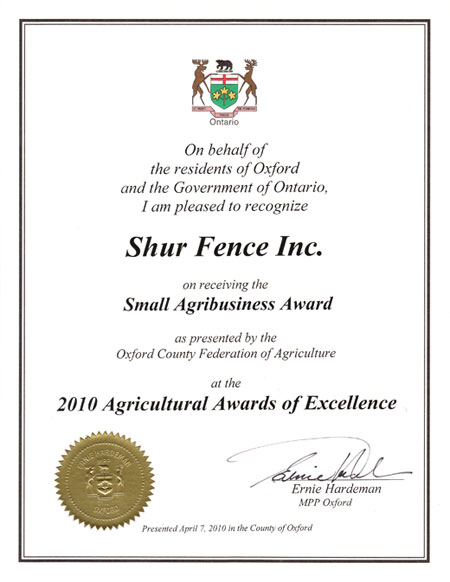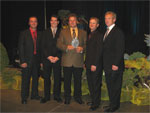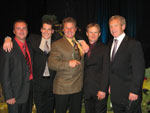FENCING INFO
Electric Fencing:
Electric fencing became widely available in the 1950s and has been
widely used both for temporary fences and as a means to improve the
security of fences made of other materials.
Since, an electric fence is a
physiological barrier, not a physical
one, respect for the fence is the key to its effectiveness. Once
trained, animals do not usually come into contact with the fence again.
Essential Components:
An electric fence has four essential
components - an energizer to
supply and regulate the pulse, wire to carry the pulse, posts to
support the wire, and insulators to prevent voltage loss where the wire
is anchored to a post.
Effectiveness:
To be
effective, an electric fence has to deliver a minimum guard voltage to
overcome the insulation resistance of the hide and hair of an animal.
In addition, once the insulation resistance of the animal is overcome,
the controller must deliver a pulse of electrical energy to the animal
to create a shock.
|




